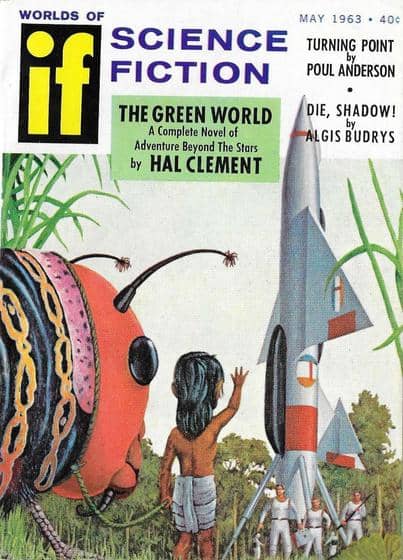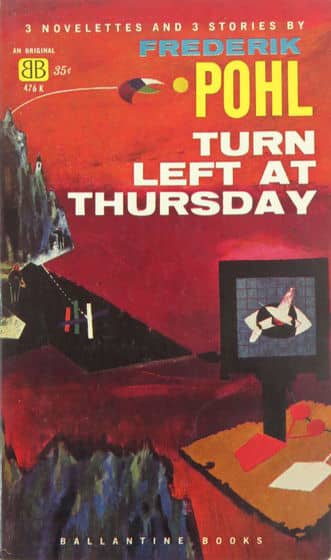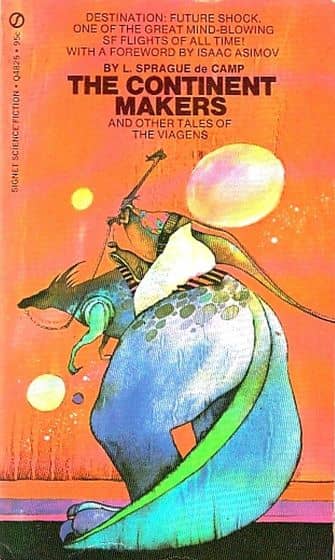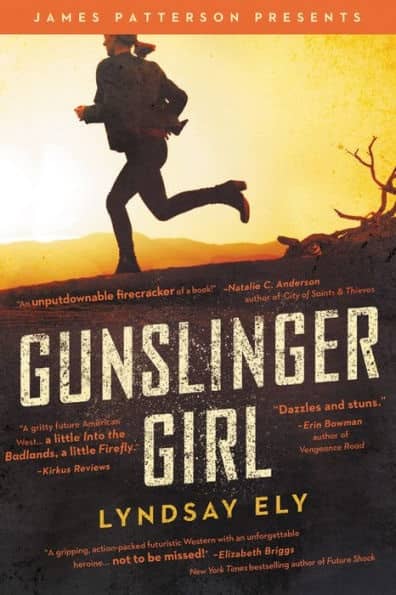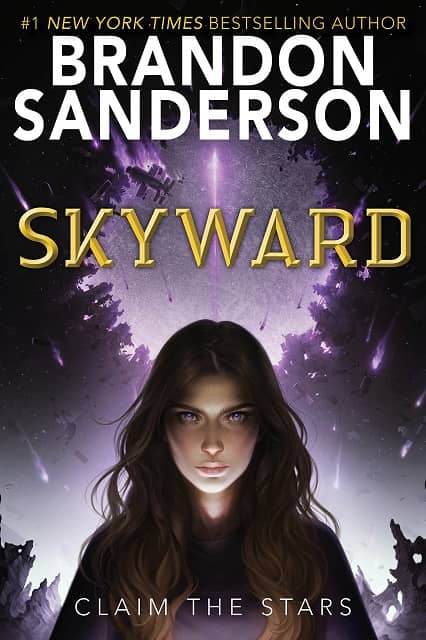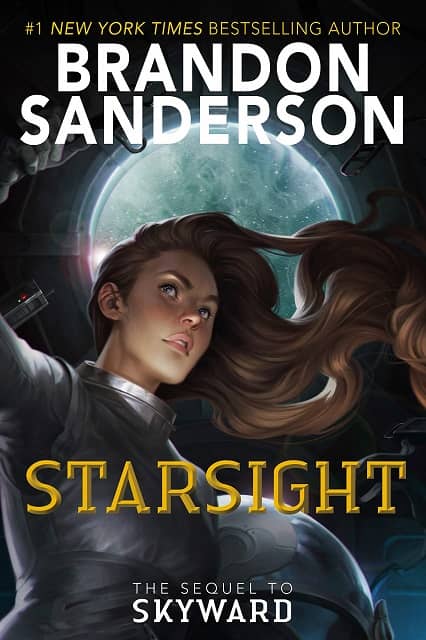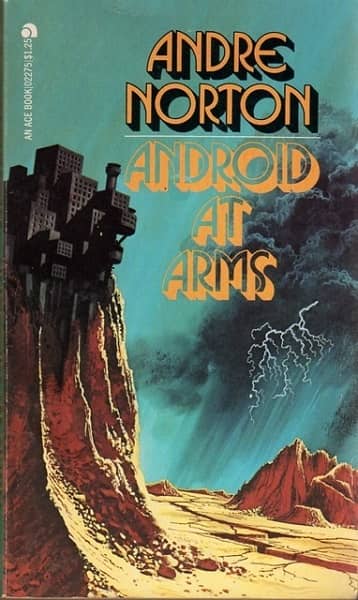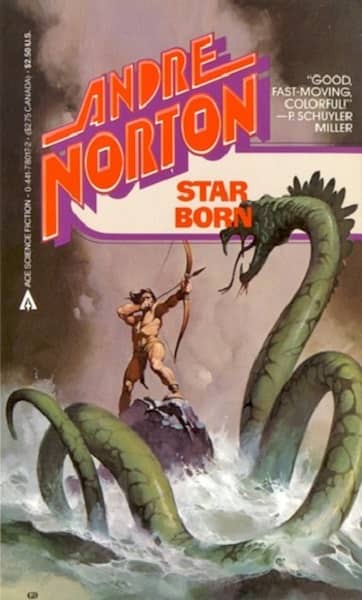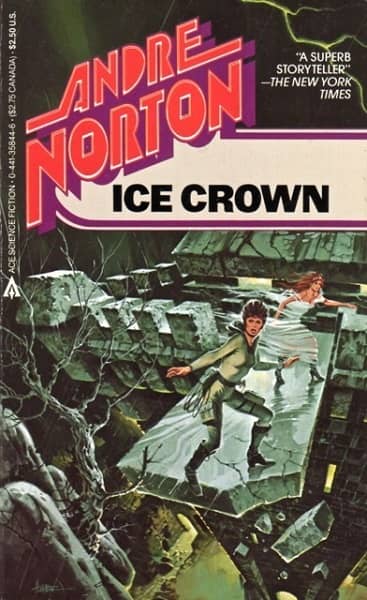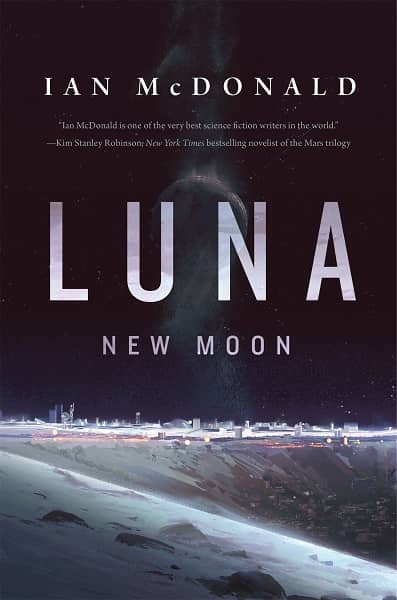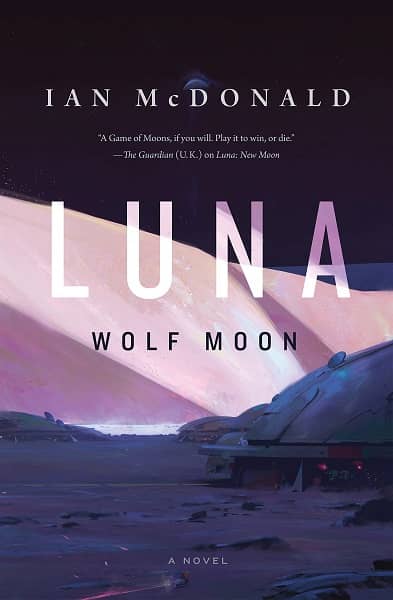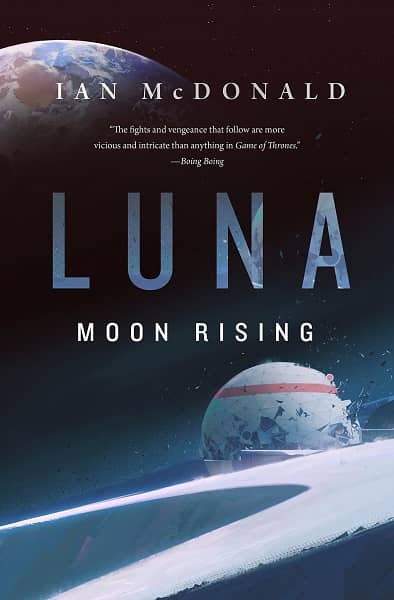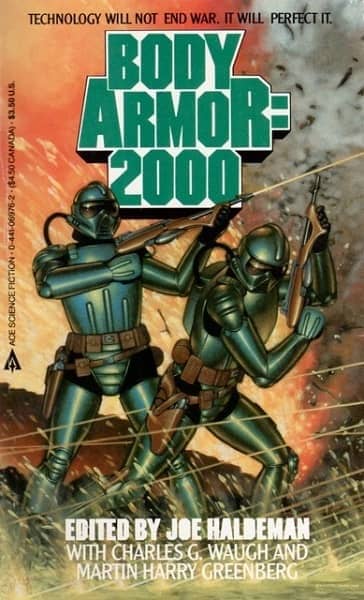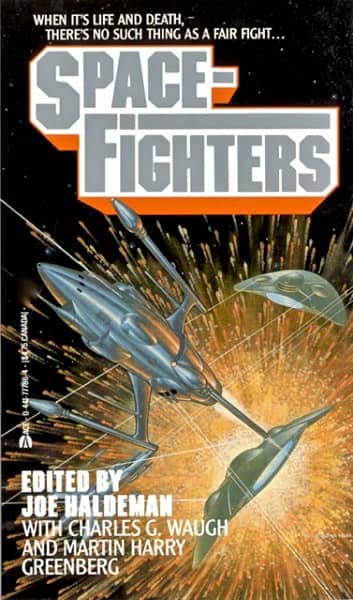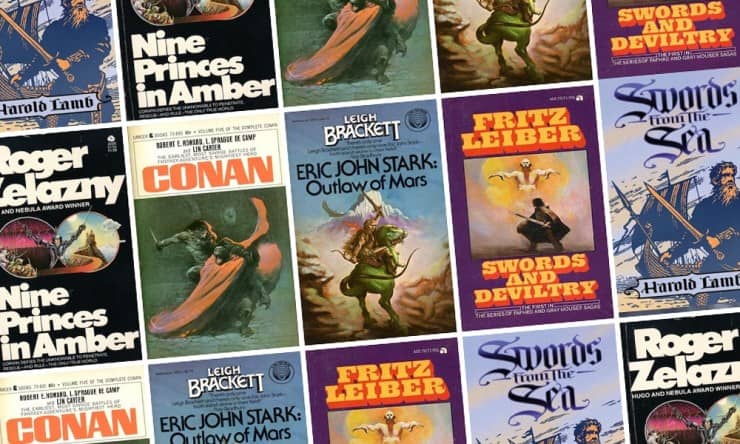New Treasures: Starship Alchemon by Christopher Hinz
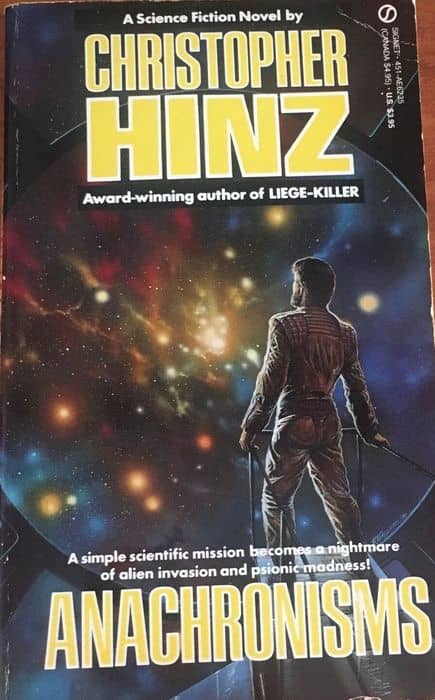 |
 |
Covers: unknown (left) , and Francesca Corsini
Christopher Hinz’s 1987 SF classic Liege-Killer won the Compton Crook Award, and came in fourth for the Locus Award for Best First Novel. It’s part of the Paratwa Saga, which also includes Ash Ock (1989), The Paratwa (1991), and Binary Storm (2016). I picked up his latest novel Starship Alchemon on Saturday, only to discover it’s a rewrite of his second novel, Anachronisms, from 1988. Here’s an excerpt from the Strange Alliances review by Elaine Aldred, who is clearly better informed than I am.
The nine members of the crew of the Starship Alchemon are sent to investigate a mysterious anomaly on a distant planet. But the mission is far from straightforward and the crew are soon battling for their lives.
Starship Alchemon started life as Christopher Hinz’s 1980’s novel Anachronisms, but this version is not a simple rehash. It has an up-to-date feel and explores the characters in more depth, as well as tightening the whole worldbuilding experience. Each of the crew has their own particular skill set, with some possessing extraordinary abilities, like the character LeaMarsa de Host’s powerful psionic qualities. But there is careful attention paid to giving each of the characters a significant role in the story. The first half of the novel is slow, but the moment strange and ominous events begin to kick off, there is an Alien narrative in the sense of the crew just fighting to survive the escalating events.
Anachronisms could probably be thought of as being “of its time” however, put in the context of 1980’s science fiction, it still makes for an interesting read. Despite having been exposed to the novel in its first incarnation, I enjoyed this second outing, which can be thought of as having its own personality…
Despite being a rewrite of an older book, there’s a lot that appeals to me about Starship Alchemon — not the least of which is Aldred’s comparison to Alien. She’s not the only one to make that connection; keikii Eats Books on Reddit has the same idea.
